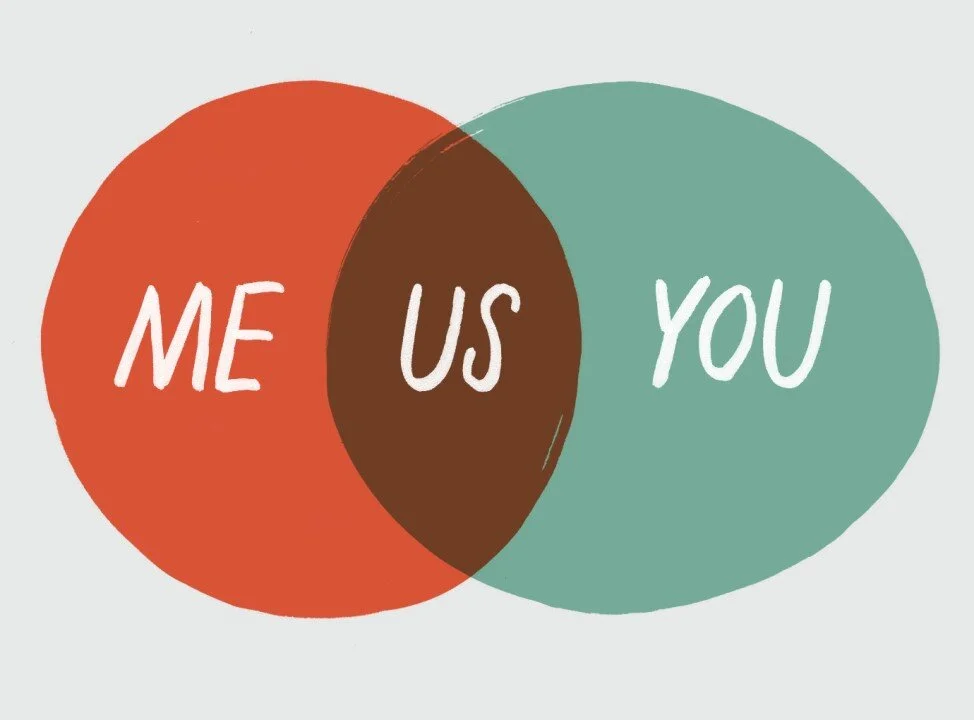The Key To Business Success? Relationships! ~via @jenniferlund
This is the first half of a post where Jennifer Lund discusses Return on Relationship and an interesting method to calculate your ROR (#RonR). - Ted
If I were to ask you what makes a business successful, you probably would say: a unique, unforgettable product + an ability to deliver an amazing customer service.
And you’d be totally right.
However, although important, these two elements are not the only ones that drive success.
In order to attract new and retain existing customers, you also need to dedicate resources and invest into building strong, long-term business relationships that help people see the value and achieve their goals with a product or service.
But there’s more to it than just responding to emails on time, sending email marketing campaigns with discounts or being polite on the phone.
Just like personal relationships, relationships in business take long time to develop, and usually require a process that turns every touchpoint with a customer into an opportunity for communication, trust, and mutual growth.
To put it simply – to be successful, businesses need to establish positive relationships with customers.
Why do business relationships matter?
Creating a relationship with both new and potential customers allows businesses to offer a more personalized and enticing customer experience.
And it is exactly the quality of the experience you offer that will determine whether of not you’ll establish long-term business success
In a recent study, 86% of customers claim their experiences are just as important as the actual product or service they purchase.
This means businesses are not only required to provide products or services their customers need, but they also must also deliver a great end-to-end experience across every touchpoint.
Relationships metrics: ROI vs ROR
We all have heard about Return on Investment (ROI) – a performance metric used to evaluate the effectiveness of money being spent and the profit that it yields.
If we look from a relationship perspective, a new and more effective term can be of use – Return on Relationship (ROR). It can provide deeper insights on the effectiveness of a business’ personality and its ability to connect with people.
Ted Rubin, a leading social marketing strategist and CMO of Photofy, defines ROI and ROR as follows:
“ROR (Return on Relationship) is the value accrued by a person or a brand due to nurturing a relationship. ROI (Return on Investment) is simple dollars and cents. ROR is the value (perceived and real) that will accrue over time through loyalty, recommendations, and sharing.”
And it is ROR that puts an emphasis on building positive relationships.
How to calculate Return on Relationship
Calculating ROR doesn’t require complex analytics. Instead, you can use a simple formula to determine how successful your business is at generating referrals or repeat business.
Use this simple calculation to calculate your ROR.
First, calculate the total number of customers who have purchased from you.
Next, determine how many of those customers you have helped over the past 12 months.
Then, from those people you have helped, determine which came to you as a referral, or were repeat customers.
Finally, divide the the total number of people you helped in the past 12 months by total number of referrals or repeat customers.
Here’s an example of this calculation:
Calculating your company's ROR is a simple way to visualize your relationship-building efforts.
For example, if you have a high ROR percentage, it indicates how often you provide value to your customer and how successful you are at nurturing strong business relationships. In contrast, a low ROR percentage implies that there are opportunities to improve existing relationships with your customer base.
Ultimately, the more customers you help, the higher your ROR.
To dig deeper into your company's ROR, consider the areas of your business that interacts closely with your customers:
Are you using social media to drive engagement?
Do you send emails that address your customer's needs?
Does your content encourage readers to share with their network?
Do you listen to your customers and respond quickly with a solution?
There are many variables you can use to calculate ROR and visualize your effectiveness. In most cases, a high ROR can be defined as a higher rate of loyal customers who are willing to support your business via word-of-mouth marketing. So, if you end up calculating a low ROR, think of it as an opportunity to improve customer touchpoints throughout your sales, marketing, and support teams.
Ultimately, your ROR is a reflection of the positive relationships you create between your business and your customers.




